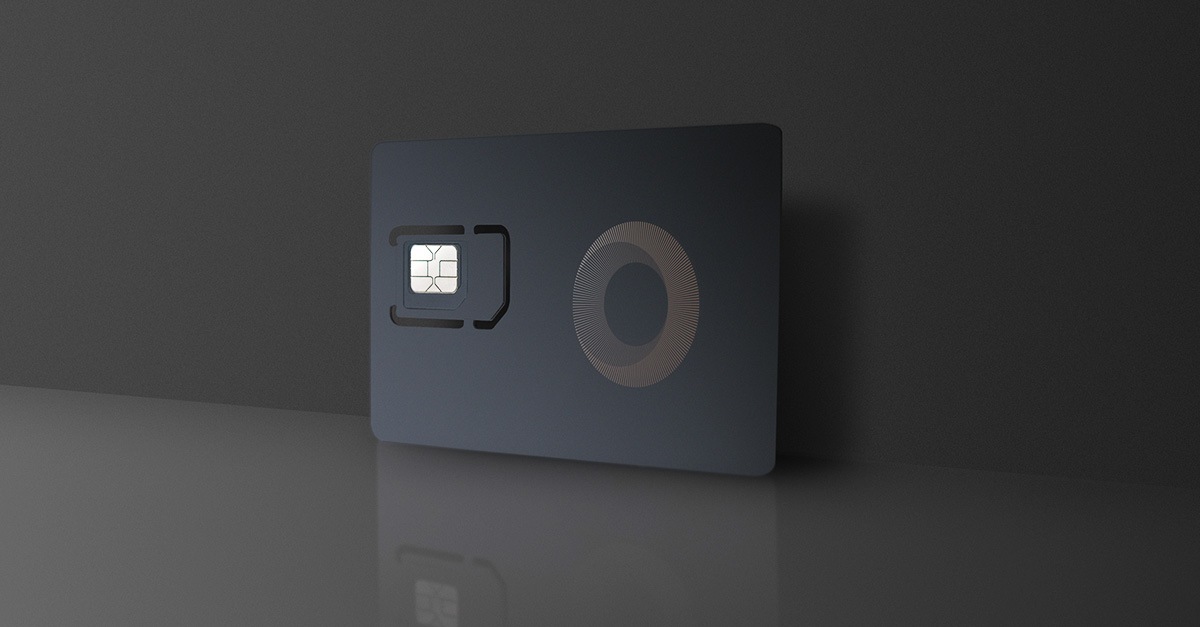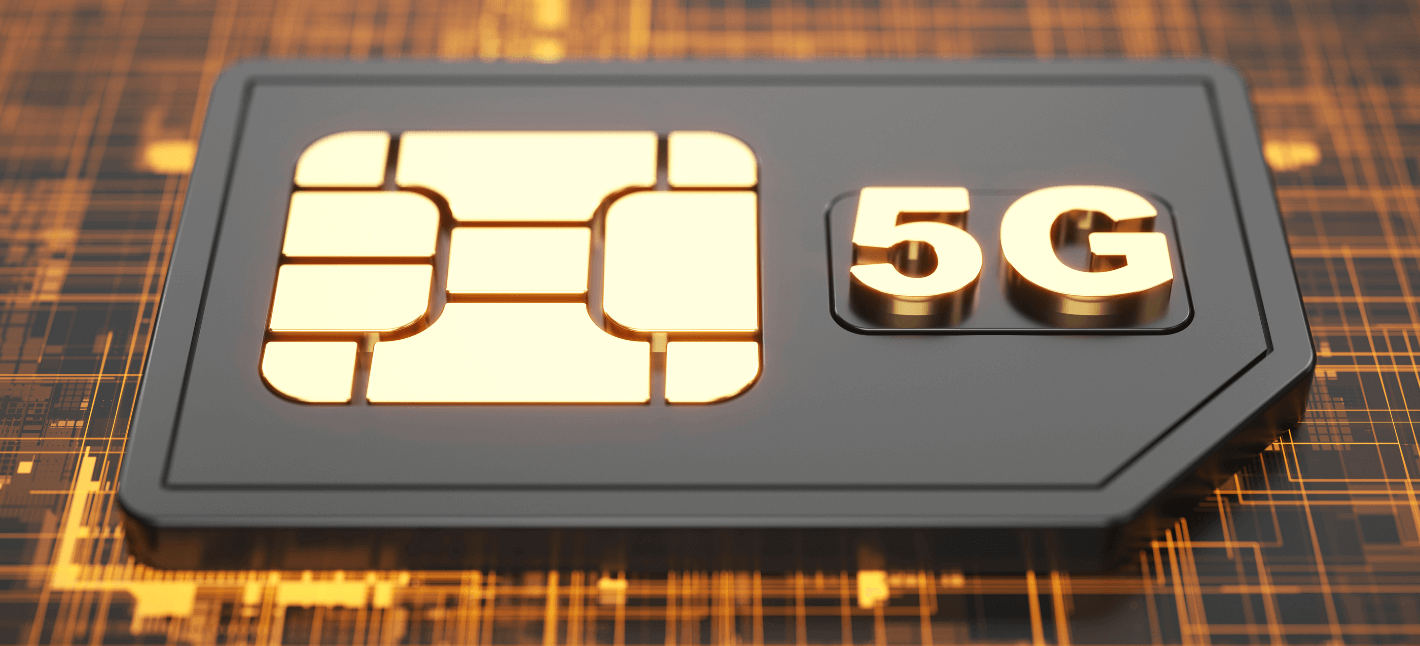What Is IoT Connectivity? Six Major IoT Connectivity Technologies
IoT Global Connectivity Consolidation of IoT Connectivity
In the realm of Internet of Things (IoT) connectivity, 4G and 5G symbolize two distinct eras, every providing distinctive options that cater to various utility calls for. One of the most significant differences lies in the speed of data transmission. 5G know-how boasts incredibly high knowledge rates, typically reaching as a lot as 10 Gbps in best circumstances. In distinction, 4G networks usually deliver speeds around 100 Mbps to 1 Gbps, which can be limiting for certain IoT applications that require rapid data change.
Latency is one other important differentiator. 5G networks promise ultra-low latency, usually within the vary of 1 millisecond. This is a drastic enchancment over 4G, which has a latency range of 30 to 50 milliseconds. For applications such as autonomous vehicles or remote surgical procedure, the place real-time data transfer is important, the low latency of 5G is invaluable.
The number of devices that may be connected to a network additionally diverges considerably between 4G and 5G. 4G can help around 2,000 devices per square kilometer (IoT Cloud Connectivity). However, 5G know-how can accommodate as much as one million devices in the identical area. This functionality is vital as the variety of related IoT gadgets continues to surge, necessitating a network that may efficiently manage the elevated demand.
IoT Connectivity Market Best Practices for IoT Network Design
Energy efficiency is one other space where 5G holds an advantage. IoT units powered by 5G can function at lower energy levels, extending battery life and decreasing prices related to energy consumption. While 4G networks are reasonably environment friendly, the developments in 5G technology enable extra optimized information transmission strategies suited for battery-operated units.
The structure of 5G networks additionally differs from that of 4G. 5G employs a extra flexible, software-defined network model that permits for community slicing. This means particular parts of the network can be tailored to satisfy the necessities of assorted functions, whether they demand high speed, low latency, or expansive coverage. In contrast, 4G networks sometimes supply a one-size-fits-all method, which limits their adaptability.

Security is a paramount concern in IoT connectivity, and 5G networks are designed with enhanced safety protocols. This consists of improved encryption and authentication mechanisms, which protect information as it travels between devices and servers. While 4G does provide some level of safety, the advancements in 5G provide a extra robust framework to safeguard delicate info in an more and more interconnected world.
Coverage space is another space of distinction. While 4G networks have established broad coverage, 5G networks are nonetheless being deployed and may have much less in depth attain in sure geographic locations. However, the evolution of 5G is anticipated to rapidly broaden coverage over time - IoT Connectivity Types. Additionally, 5G's capability to work extra successfully in dense urban areas signifies its potential to alleviate network congestion.
Cellular Connectivity Providers For IoT What Does IoT Connectivity Look Like?
Interference administration additionally showcases variations between the 2 technologies. 5G employs superior technologies like beamforming, which directs alerts towards particular units somewhat than broadcasting them broadly. This results in higher sign power and high quality, particularly in crowded environments. Conversely, 4G's broader broadcasting can typically wrestle in densely populated areas, resulting in signal interference.

The types of functions suited for 4G versus 5G networks additional illustrate their differences. 4G is sufficient for typical cellular functions like streaming videos or social media. In distinction, 5G is more suited to complicated, low-latency duties, similar to telemedicine, distant monitoring in healthcare, and smart cities, where official source real-time information processing is critical.
Cost implications additionally vary between 4G and 5G implementations. While 4G networks have been established for years and the infrastructure prices are relatively secure, the preliminary investment for 5G expertise can be considerably higher. These costs are related to new base stations, hardware, and the transition interval required for network upgrades. However, the long-term advantages of 5G, such as operational efficiency and enhanced capabilities, could justify these initial bills.
Connectivity Technologies In IoT Evaluating IoT Connectivity Technology Pros and Cons
When looking into future potential, 5G networks are designed with scalability in thoughts. This development functionality stands in stark contrast to 4G, which may face limitations because the variety of related devices skyrockets. The flexible and adaptive nature of 5G means that it can accommodate innovative purposes arising from developments in AI and machine studying, paving the way in which for a more interconnected ecosystem.

In conclusion, the differences between 4G and 5G IoT connectivity are profound. From pace and latency to scalability and energy efficiency, each expertise caters to distinct wants within an ever-growing digital landscape. While 4G has been a stable foundation for IoT applications, the improved capabilities of 5G know-how are set to revolutionize how devices talk, making it an important player in the means forward for connectivity. Recognizing these differences may help businesses and builders strategically strategy their IoT deployments, ensuring they leverage the suitable know-how to meet their aims.
- 5G IoT connectivity offers considerably greater information transfer rates compared to 4G, enabling faster communication for gadgets.
- The latency in 5G is drastically lowered, permitting for near real-time information trade, which is crucial for purposes like autonomous vehicles.
- 4G networks have restricted device density capabilities, whereas 5G can support hundreds of thousands of devices per sq. kilometer, enhancing scalability for IoT solutions.
- 5G employs superior technologies such as beamforming and network slicing, which optimize community performance for particular IoT applications.
- The energy efficiency in 5G networks is improved, facilitating longer battery life for IoT units, which is important for remote and cell usage.
- 4G primarily focuses on cellular broadband, whereas 5G permits enhanced machine-type communications, catering specifically to IoT wants.
- 5G provides enhanced reliability and security measures, that are essential for crucial IoT functions in healthcare and industrial automation.
- The architecture of 5G permits for edge computing, minimizing information latency by processing information nearer to the place it is generated, unlike 4G.
- 4G networks face congestion points with increased users, whereas 5G’s superior infrastructure mitigates this problem, offering higher user experience.
- 5G’s flexibility in deployment and assist for various use cases makes it more proficient at adapting to numerous IoT environments in comparison with 4G.undefinedWhat are the primary technological variations between 4G and 5G for IoT connectivity?undefined4G expertise relies on LTE architecture and primarily focuses on cell broadband. In distinction, 5G is designed for higher efficiency with decrease latency, enhanced capability, and improved reliability, enabling a bigger number of devices to connect concurrently.
IoT Connectivity Market Pros and Cons of Top IoT Connectivity Technologies
How does the latency differ between 4G and 5G?undefinedLatency in 4G networks usually ranges from 30 to 50 milliseconds, whereas 5G latency may be decreased to as little as 1 millisecond. This decreased latency enhances real-time responsiveness for IoT functions like autonomous autos and distant medical procedures.
What is the distinction in community capability between 4G and 5G?undefined4G networks can assist 1000's of linked gadgets per sq. kilometer. 5G considerably will increase this capability, accommodating up to one million units per square kilometer, making it ideal for densely populated areas and numerous IoT functions. Cloud Connectivity In IoT.
How do energy efficiency levels examine between 4G and 5G for IoT devices?undefined5G technology improves energy efficiency due to its advanced options like network slicing and energy-saving sleep modes. Website This permits IoT units to operate longer on battery without compromising performance, which is essential for distant sensors and units within the area.

Can 5G support more IoT applications than 4G?undefinedYes, 5G's enhanced velocity, capability, and decrease latency permit it to help various IoT functions that require real-time information processing, corresponding to smart cities, industrial automation, and connected healthcare, all of which may be challenging on 4G.
Wireless IoT Connectivity Pros and Cons of Top IoT Connectivity Technologies
What are the implications of those differences for businesses using IoT?undefinedBusinesses leveraging IoT can expect elevated effectivity and higher performance with 5G due to its capability to support a larger variety of gadgets and purposes, leading to improved operational capabilities, reduced costs, and enhanced buyer experiences.
Will transitioning from 4G to 5G be obligatory for IoT devices?undefinedWhile 4G will continue to function for the foreseeable future, the transition to 5G will provide important advantages. Businesses and industries aiming for top performance and scalability of their IoT functions should consider upgrading when possible.
Nb-IoT Connectivity Managing IoT Connectivity Effectively
How does 5G enhance safety for IoT units in comparison with 4G?undefined5G networks incorporate superior security protocols and built-in encryption methods, bettering data integrity and confidentiality. This heightened safety is important as the variety of related IoT devices continues to develop, mitigating potential vulnerabilities.
What is the cost influence of adopting 5G for IoT connectivity in comparison with 4G?undefinedWhile the preliminary setup and infrastructure costs for 5G may be greater, the long-term advantages include enhanced efficiency, reduced operational prices, and potentially decrease maintenance costs. Businesses could find that the funding pays off through improved effectivity and new revenue alternatives.